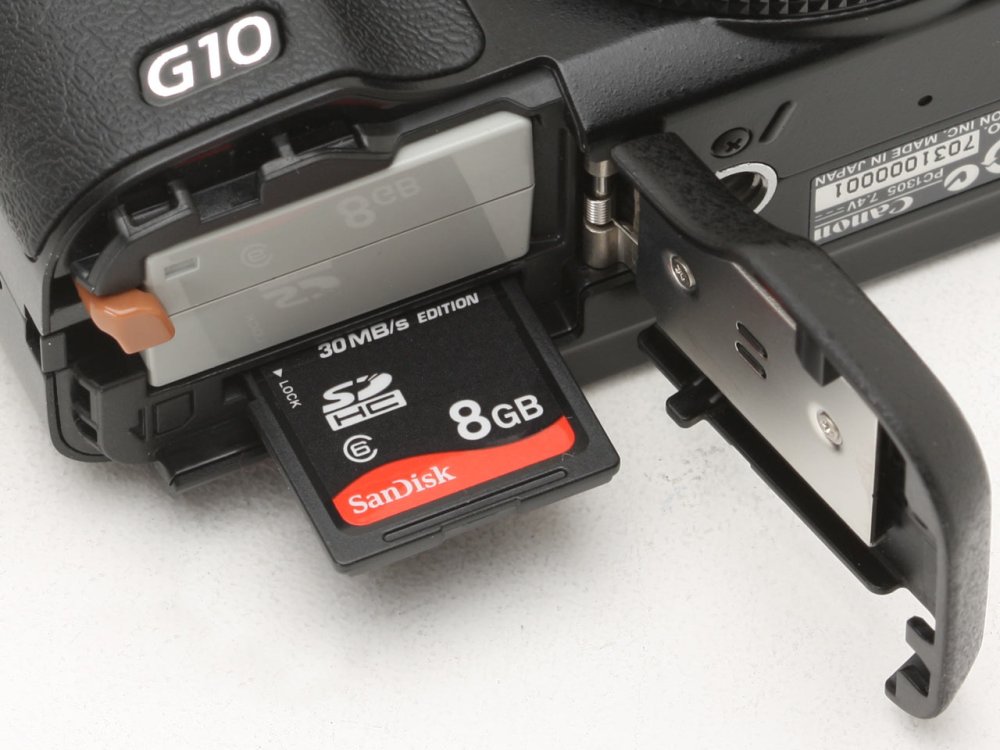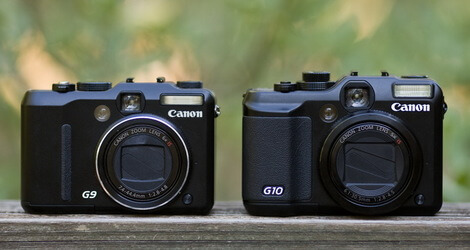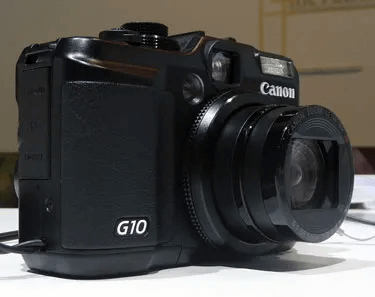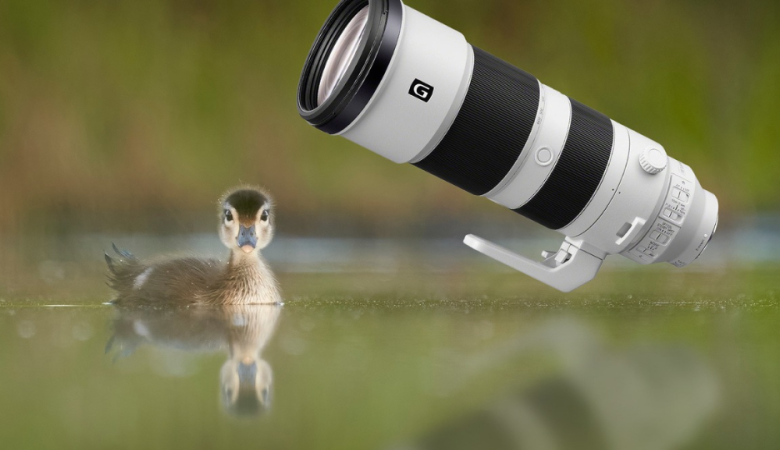The Canon Powershot G10 is a great choice of camera to back up your DSLR. If, however, you are not ready to commit to a DSLR and want to hone your photography skills on a less heavy-duty camera, the Canon Powershot G10 will serve you right.
It features a 5x optical zoom with a 28 to 140mm range. The lens barrel of the camera can extend to 24mm(which, if nothing else, looks cool). With the extended barrel, the camera takes a fraction of a second’s time to get ready to capture your image. This is slightly faster than the previous G9 model, which took a good 1.5 seconds to get ready with the lens barrel extended. We know when capturing moments, even a fraction of a second counts.
Let us not discount the looks; the Canon PowerShot looks professional and sturdy. The design is classic and has aged well. Let’s get to know the Canon PowerShot G10 better before we discuss its resolution.
The Image Stabilizing of Canon Power Shot G10
Now, the Canon Powershot G10 doesn’t have a USM (Ultra Sonic Motor. That helps one focus faster and more quietly). But, it does offer image stabilization to help counteract any shaking of the camera.
There are 3 modes available for the Canon Powershot G10.
- Continuous: Here, the system will operate at all times, and you don’t have to worry about it as it will stabilize your images.
- Shoot Only: As the name suggests, this will offer image stabilization only as you take a photograph.
- Panning: When you move the camera horizontally to take a panning shot, this mode applies stabilization along the vertical axis.
About Focusing
When it comes to focusing, the Cannon Powershot G10 offers three auto-focus modes.
- Face Detect: In this mode, the Canon Powershot G10 is equipped to track a maximum of 35 faces. Its DIGIC 4 processor is better at face detection than its predecessor. Depending on the kind of shooting mode you have chosen, it will adjust the white balance, exposure, and intensity of the flash for the faces.
- AiAF: This mode makes a selection from nine auto-focus frames from the middle of the frame.
- FlexiZone: With this mode, you can move a single focus area to a much wider area of the frame.
The DISP button on the camera allows you to adjust the size of the focusing area from normal to small. This is available in AiAf and FlexiZone both these modes.
The DIGIC 4 also gives the G10 a brand new Servo AF mode. This mode helps track the subjects in motion.
If you wish to make your adjustment, you can click the MF button available on the camera to switch to Manual Focus Mode. You can now use the thumb wheel to make adjustments to the focusing distance (the on-screen scale will tell you about it).
Once you have switched to the Manual focus mode, the part of the AF frame will be magnified to around twice the size. Since the camera offers a higher resolution than its previous model, Manual Focusing on a G10 is much easier.
Let’s Talk About the Resolution of The Cannon PowerShot G10
In Brief, the Canon Powershot G10 comes with a 14.7 Megapixel CCD sensor that measures 1/1.7in. It delivers images in a 4:3 shape, and the maximum resolution it is capable of is 4416×3312 pixels.
With the G10, you have the option of four other lower resolutions, i.e., 9, 5, and 2 Megapixels, and a VGA mode. You will also have a cropped aspect ratio of 16:9.
Comparing it with its predecessor, the G9, the G10 gives you a higher resolution: 416 pixels measured horizontally and 312 pixels measured vertically. And who doesn’t like higher resolution within their camera? This is what will allow you to capture detailed images and help your vision find clarity. With this resolution, you can make almost 1-inch taller prints, which are about 14.7x11in at 300 dots per inch.
Talking about the JPEGs, the superfine JPEGs taken at G10’s full resolution will be around 5 to 7MB. At the same time, the RAW files will measure about 17MB (i.e., one file will be 17MB). You need to know that the G10 doesn’t have an in-built memory. You can use its 3 MB SD card to begin.
The G10 also features very useful Digital Photo Professional software, which will help you process RAW images.
When you operate the G10 at full resolution, the sensitivity ranges from 80 to 600 ISO(ISO measures the sensitivity of the camera sensor to the light). You can operate it using a dial on top of the G10. If you want to take control and select the sensitivity manually, then there is also an Auto ISO shift option available for you.
From my colors section on the function menu, you can have access to various settings like sharpness, contrast, and saturation. There are a variety of other settings available on the G10: neutral, vivid, sepia, black and white, vivid blue, vivid red, vivid green, positive film, dark skin tone, light skin tone, and custom settings that will allow you to adjust sharpness, saturation, green, red and blue channels, contrast and skin tone.
You can also adjust the white balance from the function menu. The options are Auto, cloudy, daylight, fluorescent, fluorescent high, tungsten, and Underwater.
You cannot manually enter the color temperature or manually fine-tune the white balance.
Conclusion
As we mentioned before, the Canon PowerShot G10 is a great backup camera for your DSLR. For its time, it was arguably the best backup camera.
The camera features a 5X optical zoom, and while it doesn’t have a USM, it does offer decent image stabilization in three modes: Continuous, Shoot Only, and Panning, which will help you capture better and less shaky images. Trust us; this feature is a savior.
The G10 offers an improved resolution from the previous G9 and is capable of giving the highest resolution of 4416×3312 pixels. Besides that, you also get pretty decent and useful Digital Photo Professional software to process RAW images, which will come in handy.
As we witnessed, the Cannon PowerShot G10 offers a wide range of features that make it one of the best pocketable cameras of its generation.








Leave a Reply